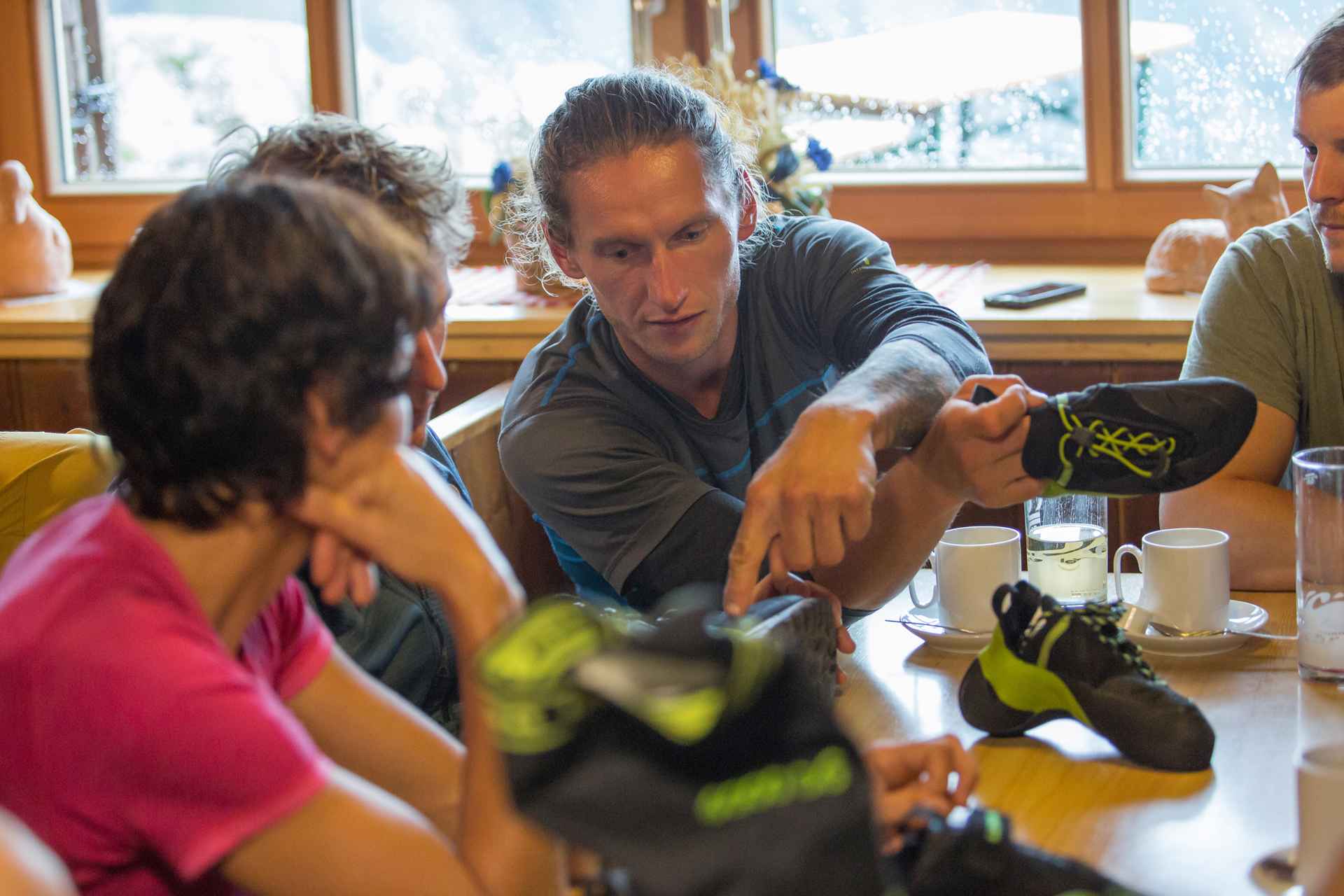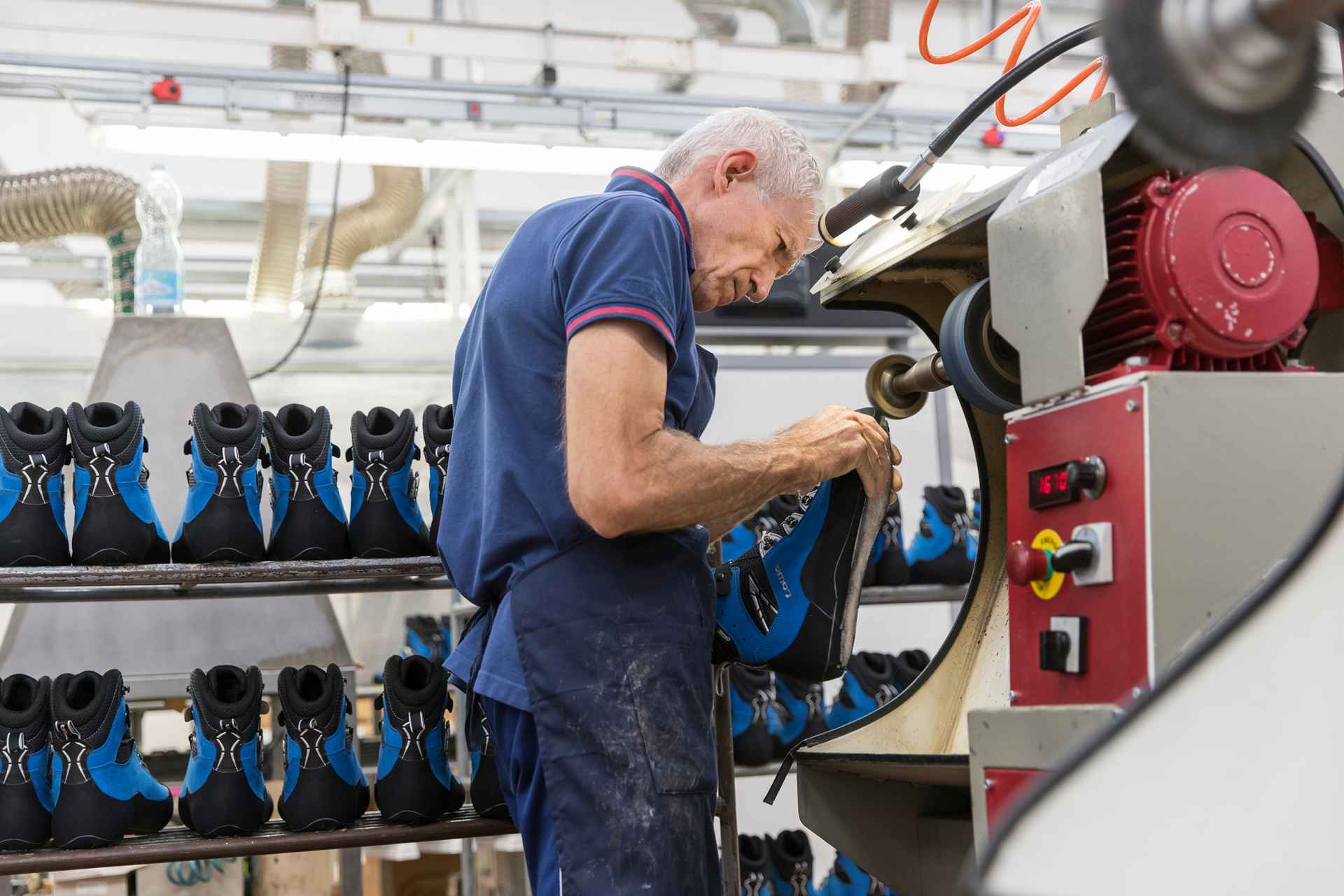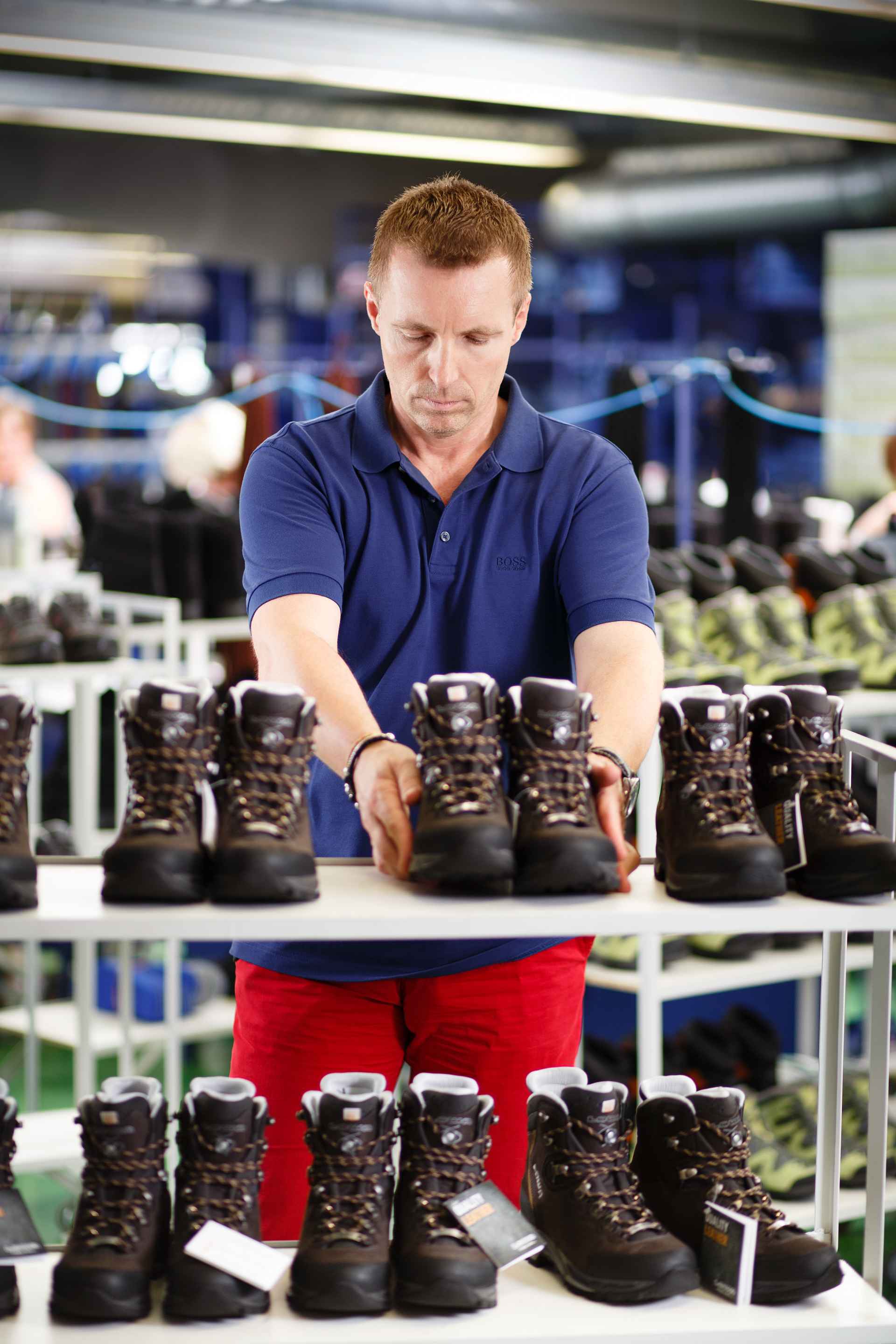Lasts Narrow or wide – the form matters the most
The heart of every boot is the last. But what is a last anyway? How does it work, and why is it so critical? As a rule, the last creates the boot’s form and is thus a placeholder for the foot. But it is hardly an exact copy of the foot with its toes and ankle. Rather, it is a general form that has to fulfil a number of different requirements. There is no single definition that determines how a last should be formed. Every shoemaker has its own philosophy. The lasts used by LOWA are based on a nearly 100-year shoemaking tradition and many years of development work. The goal is always crystal clear: The boot should fit perfectly. Sensing technology is used to ensure a feeling of well-being in the boot and define comfort, among other things.
In developing its lasts, LOWA creates a balanced relationship between support and freedom of movement. The feet are parts of our bodies that are subjected to extreme demands. In developing its lasts, LOWA aims to establish the best-possible positioning of the foot in the mid-foot area and give good support to the heel. At the same time, the foot is not compressed into the boot in order to prevent the development of pressure points. The toes have plenty of room above and in front of them to give them space to breathe. The company also pays careful attention to preventing a feeling of excessive spaciousness when the boots are worn.
NARROW LAST
In a narrow last, the forefoot area has a smaller volume than the same area in a normal last. Shoes made with an S last can feel more comfortable for people with slimmer feet.
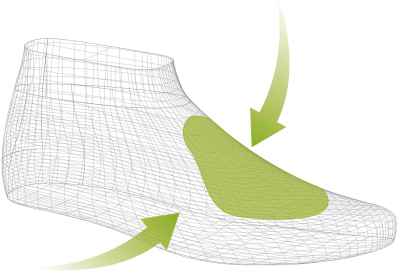
WIDE LAST
In a wide last, the forefoot area has a greater volume than the same area in a normal last. Shoes made with a W last can feel more comfortable for people with special foot types (such as hallux valgus, flat foot, fallen arches etc.).
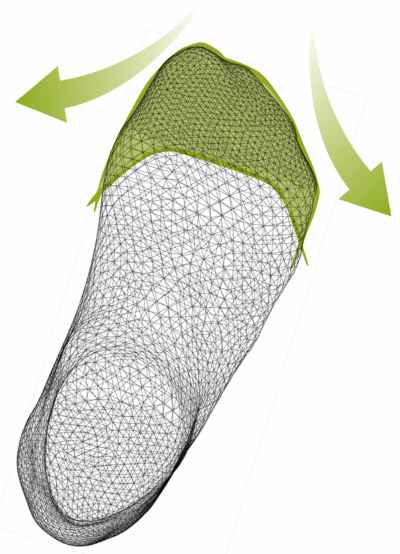
STANDARD LAST
The standard last is best suited for medium-width feet. It is the jack-of-all-trades among lasts and is used for most LOWA-shoes.


